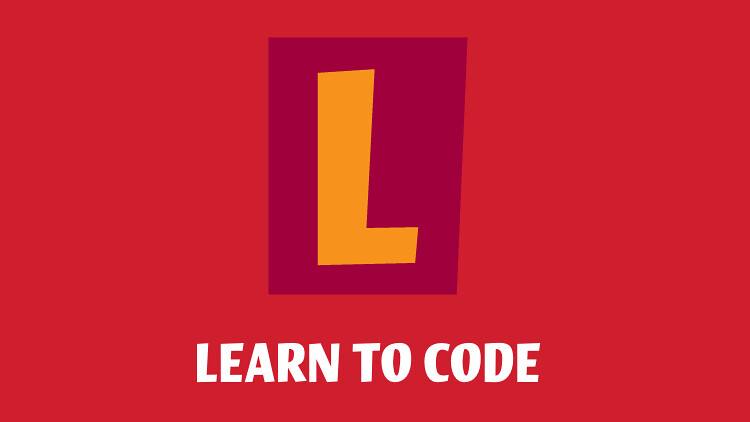At TCEA this year, my main focus is to collect ideas and resources related to starting a coding/programming club at our school. After day two at the convention, I haven’t been let down. There are so many great sessions that I find it hard to pick which one I want to go to. Tuesday, I found myself thinking, do I really NEED lunch? Turns out that I do, so I’ll be sure to make time for that tomorrow. I’d like to share some of the invaluable information and resources that I picked up in the first two hours of my day today.
I started my day learning how to create a game design sequence with Michael Ploor. He gave us tons of great ideas and even books to try. He showed us the importance of starting simple and using familiar tools, such as Microsoft Office, to teach the fundamentals of planning, drawing, and programming. Students can learn the basics of gradients and lighting using the simple drawing tools in Word. They can learn basic animation concepts in PowerPoint. Excel can be used to learn the concepts of game design (game environment, rules, victory conditions, etc.). He demonstrated some games that were created in Excel such as a maze game, tic-tac-toe, and battleship. He stressed the importance of not getting too caught up in learning a tool, but using simple or familiar environments to explain new concepts. When choosing which tools to use, he also looks for those that provide industry certifications that his students can take (Microsoft, Adobe, and soon Unity).
Other tools that he suggested were:
- ClickTeam software – easy to use, free, develop games
- Pivot Animator – free, easy to use tool to learn animation
- Blender – open source, 3D modeling and animation
- Engine 001 – make games with no coding
- Visual basic – free, easy to learn an use – create games such as pinball
- Unity 3D – create 2D and 3D game environments, school and free editions, teaches programming and physics, industry certification available soon
I spent the next hour in an equally exciting session about connecting the hi-tech industry to education. In this workshop, I learned about websites and organizations that connect students and teachers with industry mentors and volunteers.
Hal Speed of the Texas Alliance for Computer Science Education explained the seven steps to building school-to-industry partnerships, and gave us a wealth of resources we can use to find industry professionals who are willing to work with schools. My favorite resource was TEALS. From their website, “TEALS helps high schools teach computer science by providing trained volunteers – industry professionals in CS – to partner with a classroom teacher and work as a team to deliver CS education to students who would otherwise not have the opportunity to learn CS in their school.” This site and the other amazing resources that he shared can be found here.
Sabari Raja from Nepris talked about the importance of connecting industry to every classroom. “54% of kids that choose a STEM career do so because of one person or one event in their life. Only 1/3 of hi-tech jobs in the US will be filled by US workers.” Her company works to connect teachers to industry professionals physically or virtually. Sign up at nepris.com and take a look through the recorded interactions with students that are free to access.
Yesterday, I wrote about a session that I attended about creating a band of pirate coders, where the library and technology staff helped a group of enthusiastic middle school students develop a very successful technology and coding club. Today, I learned new ways to help students understand the fundamental concepts of game design as well as how to connect them to industry leaders and earn industry certifications. I don’t know what the next few days will bring, but I am excited to go back to my school and put all of this advice into action.
Here’s one more great coding resource. GreyCampus offers an open resource, CodeLabs, which is free and is accessible by everyone. This site is developed to help amateur and expert programmers in learning end-to-end programming languages like PHP, PYTHON, RUBY, etc. The site gives you a hands-on learning experience with the interactive Lab section, which makes one familiar with the relevant lessons.
Finally, I want to recognize Sarah from the Lyndhurst STEM Club for finding and sharing two more fabulous resources. According to her teacher, Stacey Martin, “these sites have tons of coding games and STEM projects to explore.”
- Learn to Code From Home
- Computer Language for Beginners: HTML
- Glossary of Coding and Programming Terms
Thanks to Mrs. Jessica Lowe, a middle school teacher in Colorado, and one of her students, Sarah, we also have this amazing resource with free coding websites available. These are best for beginning coders.
And MVU Online has put together a guide called “Software Coding for Kids” which speaks to the importance of having coding skills in today’s tech-driven world. It also talks about popular programming languages, coding career advice, and provides a very expansive list of coding for kids’ type resources and further reading.
And to find even more resources on coding, check out this excellent blog.
Shana Russell is a guest blogger and is the Campus Technology Specialist at Lutheran High North in Houston. You can find more of her work here.
(This blog was updated on July 19, 2021 with additional content.)

